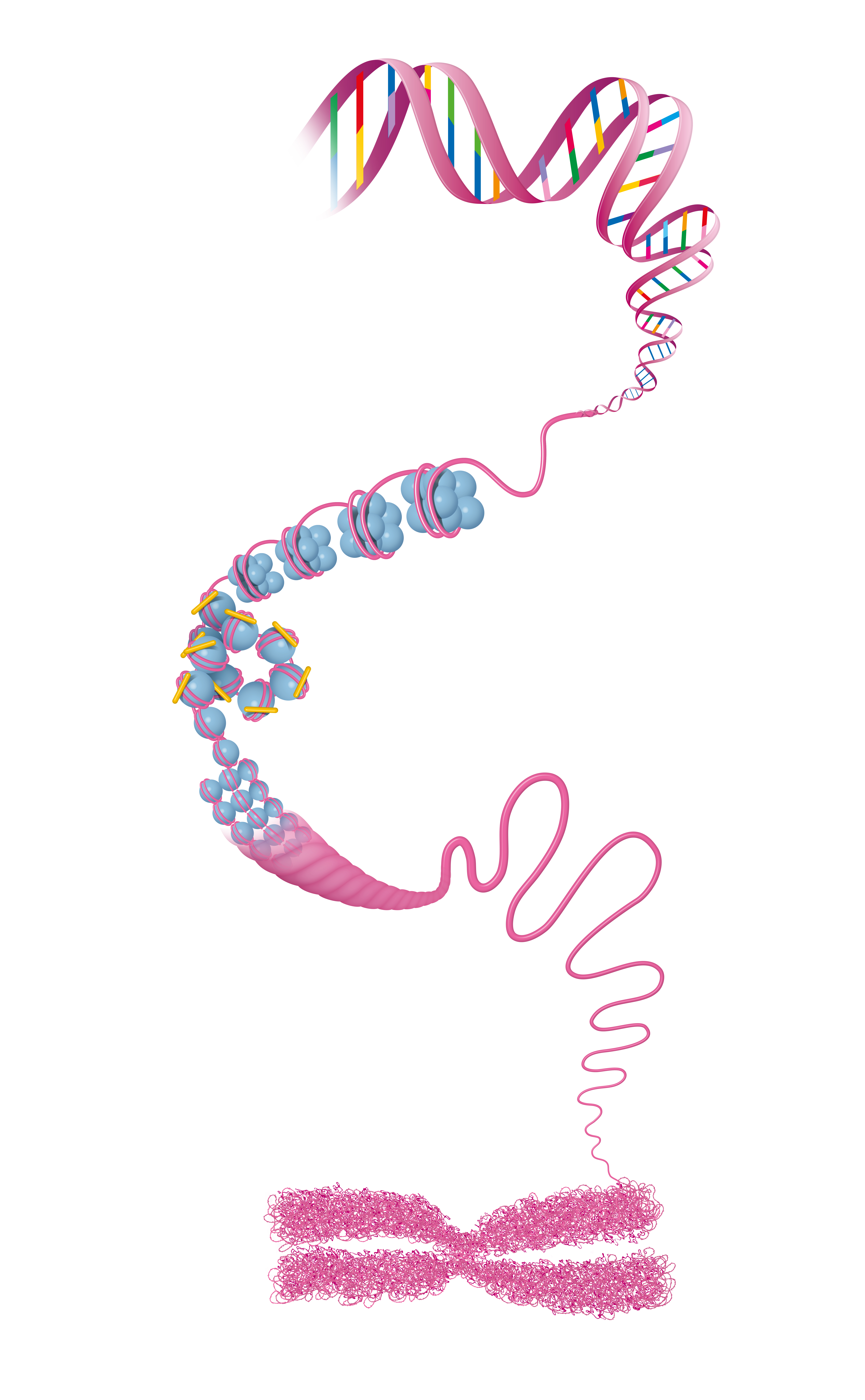Large-scale cancer study locates “light switches” in the “dark” regions of the genome
October 25, 2018

Many of cancer’s long-buried secrets are now out in the open thanks to a collaborative effort to catalog the genetic switches that govern life
The instructions for initiating and maintaining life are contained in DNA, a 6-foot-long, ladder-like molecule that determines every facet of our being from hair color to inherent risk for disease.
Yet only 2 percent of this DNA contains instructions for building proteins, the molecular workforce responsible for carrying out the directives written in our genes. The remaining bulk of our genetic material is “dark matter,” which for a long time had no defined function.
 That all changed in 2012 with a series of discoveries from the ENCODE project that revealed these dark, or non-coding, regions are home to an entire system of molecular “light switches” that exert control over the genes that make us who we are and govern the behavior of cells.
That all changed in 2012 with a series of discoveries from the ENCODE project that revealed these dark, or non-coding, regions are home to an entire system of molecular “light switches” that exert control over the genes that make us who we are and govern the behavior of cells.
Now, a collaborative team led by Stanford University’s Dr. Howard Y. Chang and Dr. William J. Greenleaf and including Van Andel Research Institute’s Dr. Peter W. Laird has developed the first comprehensive map detailing the accessibility of these switches and their role in cancer development. The study was part of The Cancer Genome Atlas (TCGA), a collaborative, National Institutes of Health-led effort to molecularly map cancer that wrapped up earlier this year.
“Cancers thrive on genetic discord, some of which occurs in these ‘dark’ regions,” Laird said. “This new resource will go a long way in helping us find new vulnerabilities in cancer and target them for treatment.”
The findings, published today in Science, build on ENCODE’s foundations by offering a detailed compendium of known and newly discovered switches and their locations on the genome, information that could greatly help scientists find better ways to combat cancer.
In the end, it all comes down to access. Each cell in the body contains a nearly exact copy of DNA, tightly wrapped and packaged in order to fit its entire length into the nucleus, the microscopic control center of the cell. To do this, DNA loops tightly around proteins called histones, curling tighter and tighter into a compact form called chromatin.
In order for genetic instructions to be carried out, specific areas of the chromatin must be accessible to special proteins called transcription factors, which flip the switches in non-coding regions to activate genes. In all, the team found hundreds of mutations that alter the control of gene activity in cancer. Some of these changes may make cancer tougher to treat but, thanks to today’s findings, they may also offer new therapeutic targets.
“Tiny variations in non-coding regions, often far away on the DNA strand from the gene they affect, play a massive role in every aspect of biology, including cancer development,” said Dr. Gerhard Coetzee, a VARI professor and expert on non-coding regions who was not involved in this study. “This map could be a game-changer, not only for improving our understanding of basic biology but more importantly, for patients who desperately need improved ways to fight back against cancer.”
Read more about this work here:
Study identifies link between DNA-protein binding, cancer onset—Stanford University